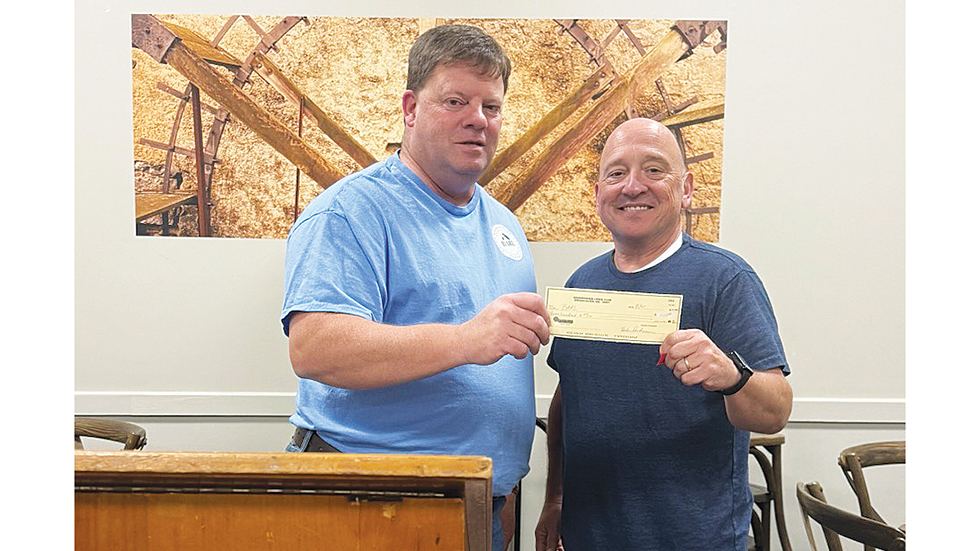Overseeding lawns for winter
Published 12:10 am Saturday, November 4, 2017
There are legitimate reasons for establishing a temporary winter lawn. The most important one is to provide a ground cover for a new home site. Often times it is too late in the fall to establish a permanent lawn, so this temporary lawn will prevent erosion and tracking mud into the home.
Other reasons include:
• You may have had your permanent lawn damaged in some way, and it will be vulnerable to additional winter injury if not overseeded.
Trending
• You are having some special event, such as an outdoor wedding.
• You simply must have a green lawn all year!
In reality, overseeding your permanent warm season lawn with cool season grasses will delay next spring’s green-up and may weaken it. Cool season turf species thrive at temperatures in the 60-70 degree range, so next spring when your permanent lawn begins to break dormancy, the overseeded turf species will act similar to any weed, competing for nutrients, water and space.
The turf species of preference for winter overseeding should be perennial ryegrass. Perennial ryegrasses are fine textured, have good color, are not prone to clumpiness and do not produce unsightly seed heads. Seeding rate for home lawns should be 8-10 pounds per thousand square feet.
Cultural practices of mowing, fertilizing, watering, and pest management must continue throughout the winter for an overseeded lawn.
Rebecca Bates is an MSU Extension-Lincoln County agent, and can be reached at 601-835-3460 or by e-mail at rebecca.bates@msstate.edu.





